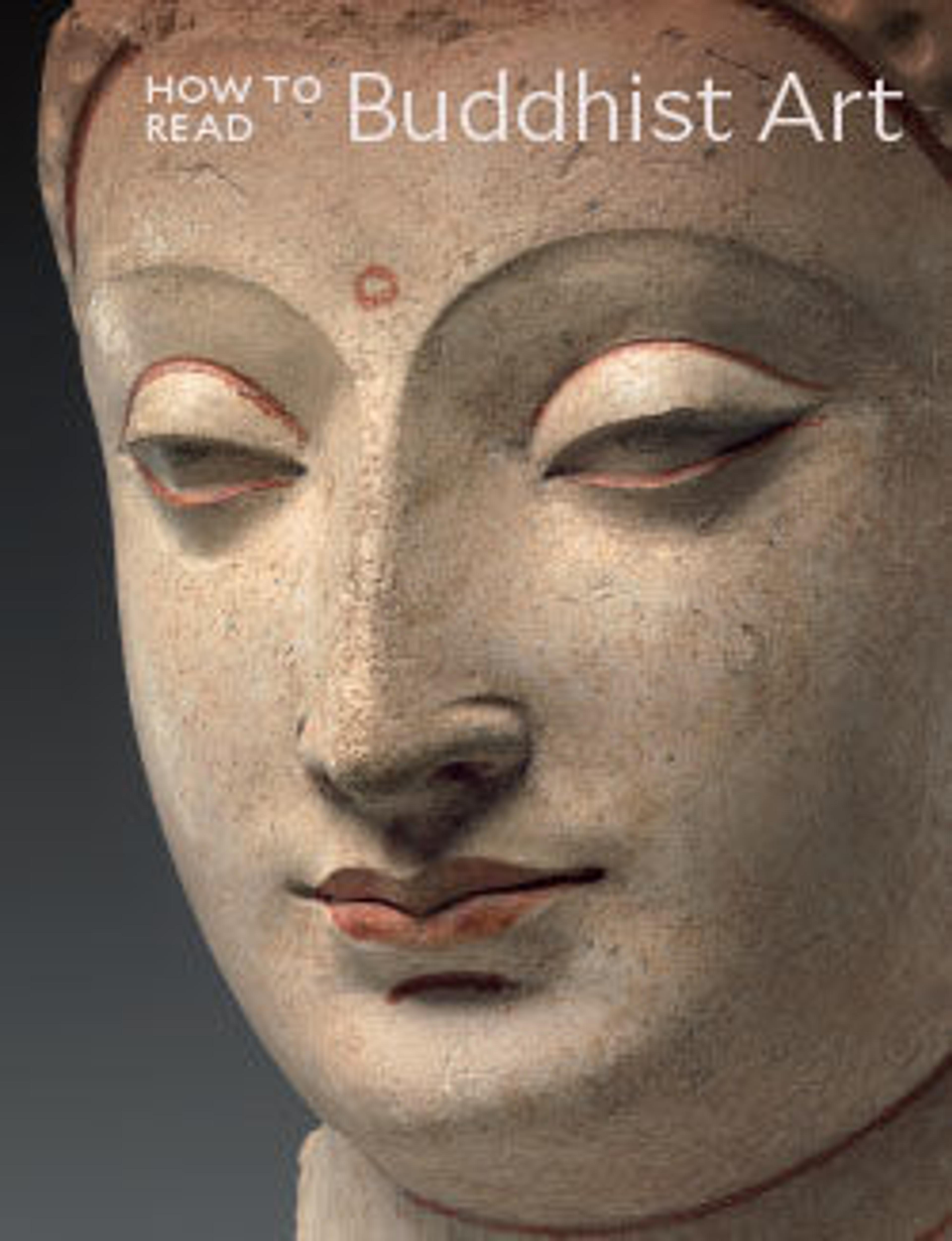Amida, the Buddha of Limitless Light
Amida Nyorai—referred to in Sanskrit as Amitabha Tathagata—the Buddha of Limitless Light, sits upon a lotus pedestal with his hands forming the mudra of meditation. Amida presides over his own paradise, the Western Pure Land, to which he welcomes any being who calls upon his name. His benevolent gaze, directed toward the viewer below, is symbolic of this boundless compassion. The Pure Land sects of Buddhism, with their emphasis on salvation through faith, stirred the imagination of both courtiers and commoners alike, and temples dedicated to Amida were constructed throughout Japan.
Artwork Details
- 阿弥陀如来坐像
- Title: Amida, the Buddha of Limitless Light
- Period: Kamakura period (1185–1333)
- Date: ca. 1250
- Culture: Japan
- Medium: Wood with lacquer, gold leaf, and color
- Dimensions: H. 34 5/8 in. (87.9 cm); W. 28 3/4 in. (73 cm); D. 22 3/4 in. (57.8 cm)
Overall (with pedestal): H. 61 in. (154.9 cm); W. 39 in. (99.1 cm); D.39 in. (99.1 cm) - Classification: Sculpture
- Credit Line: Rogers Fund, 1919
- Object Number: 19.140a–c
- Curatorial Department: Asian Art
More Artwork
Research Resources
The Met provides unparalleled resources for research and welcomes an international community of students and scholars. The Met's Open Access API is where creators and researchers can connect to the The Met collection. Open Access data and public domain images are available for unrestricted commercial and noncommercial use without permission or fee.
To request images under copyright and other restrictions, please use this Image Request form.
Feedback
We continue to research and examine historical and cultural context for objects in The Met collection. If you have comments or questions about this object record, please contact us using the form below. The Museum looks forward to receiving your comments.
